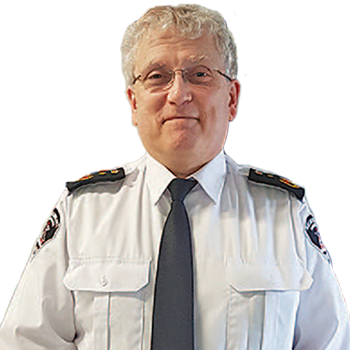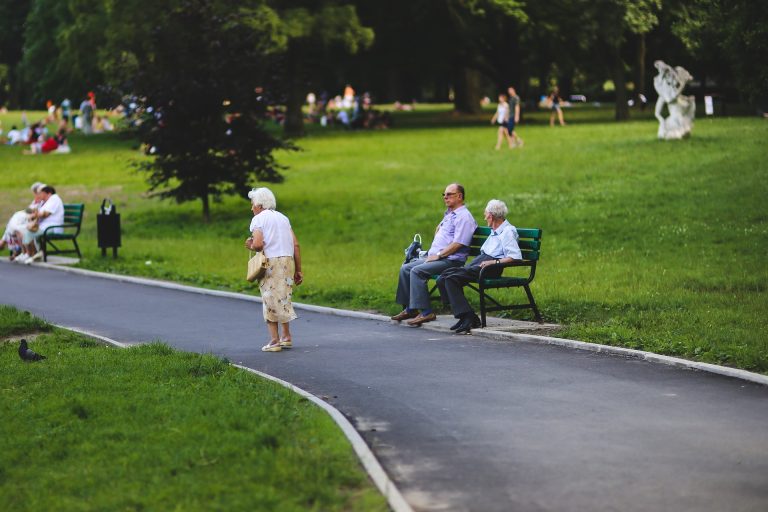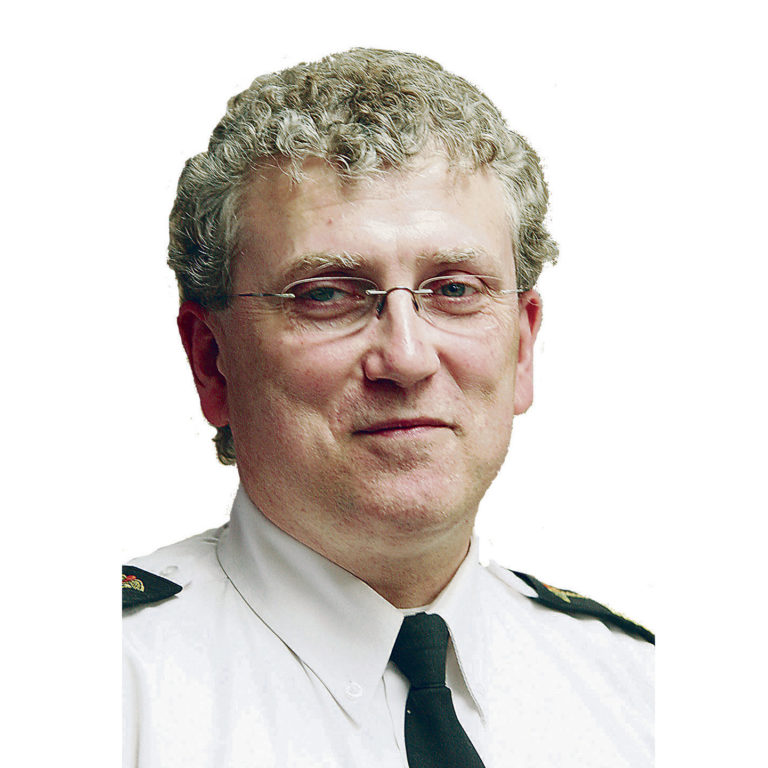Get outside and enjoy the summer is likely a message shared by many families. Whether at the lake, on a road trip, visiting friends and family or in your own back yard, have fun! However, do not put safety on the back burner.
During the summer, children often create their own adventures. Climbing trees, building a fort, going on a scavenger hunt or a bike ride in the neighborhood. Every adventure has its own set of risks. Prevent and reduce injuries by:
- Wear a properly fitting helmet for cycling or skateboarding – one that is just above the eyebrow, flat on the head, straps form a V around the ears and snug under the chin.
- Crossing the street is a simple action but stopping to look both ways is first and very important.
- Teach your children that they need to let mom, dads and care givers know where they are headed such as headed across the street to friends or biking to the park.
- Motorists, please slow down in residential areas or at the lake. We have lots of people out walking, cycling and taking in the sites.
Drowning is a leading cause of accidental death. At the beach put the phone or book away and watch your kids. The same goes for the back yard pool no matter how deep the water. Simple actions like loading the boat at the dock while the children ‘run around’ could be a disaster. Keep an eye on the children! Basic swimming lessons are essential as are wearing a life jacket, for everyone, while out in the boat. Leave the booze at the cabin and not in the boat. Penalties are the same as driving a motor vehicle. So please don’t drink and boat.
Summer fun might also include visits to many provincial sites, tourist attractions, museums or other public venues. If outdoors be sure to pack along hat, sunscreen, water bottle and of course good walking shoes. Flip flops are not good shoes for walking on trails nor is that brand new pairs of runners either. Wearing the ‘right gear for the right adventure’ is important. If out for a hike know where you are going. Have a plan to let other know when you are expected to return but more importantly as unlikely as it might be things can go wrong. In your backpack have a couple extra large garbage bags. They can double as a rain poncho. Matches to start a fire might prove useful too. But most importantly if you become lost hug a tree, simple stay where you are. If you are an avid hiker, then you should be prepared for an emergency. Some basic first aid supplies to control bleeding and splinting are the likeliest types of injuries.
Staying hydrated is essential during the summer eat. While a cool beer on the patio might taste pretty good, it really is not something that hydrates you all that well. Good old fashioned water and lots of it is what is needed. Find a cool place for some shade, spray park or pool, visit a public library or common area in your apartment building. Don’t forget to check on neighbors, friends or the person across the street. Get the activities like gardening done early in the day vs the hottest afternoons. You might also want to add some hearing protection, a hat and sunscreen too!
Knowing what to do in an emergency is not being prepared with a first aid kit but also having some training. Let us help you with First Aid Basics, a noncertified information session. A standard first aid course or more advanced training like an emergency medical responder. We have courses available, please give us a call for details!



